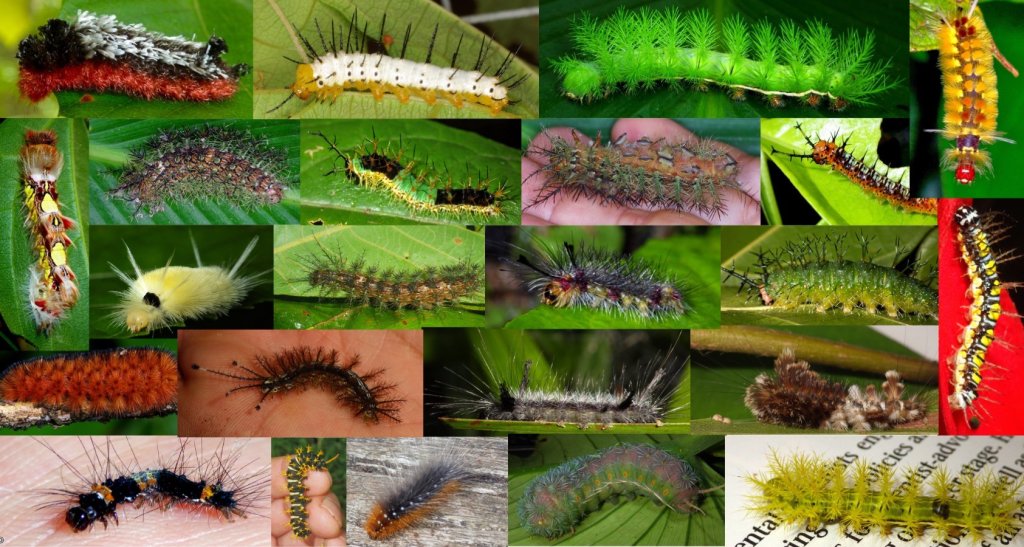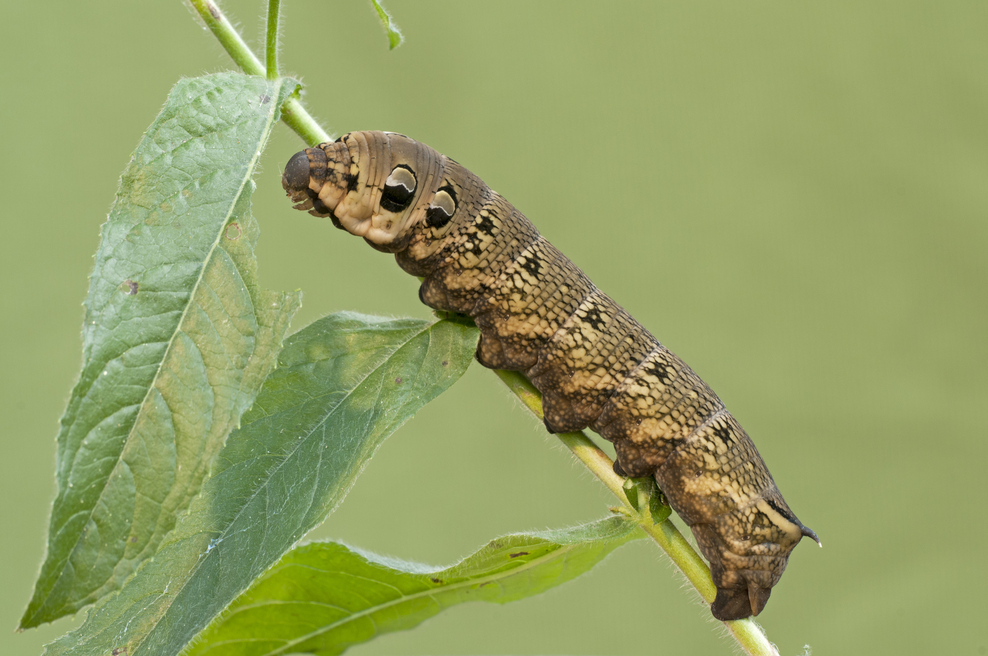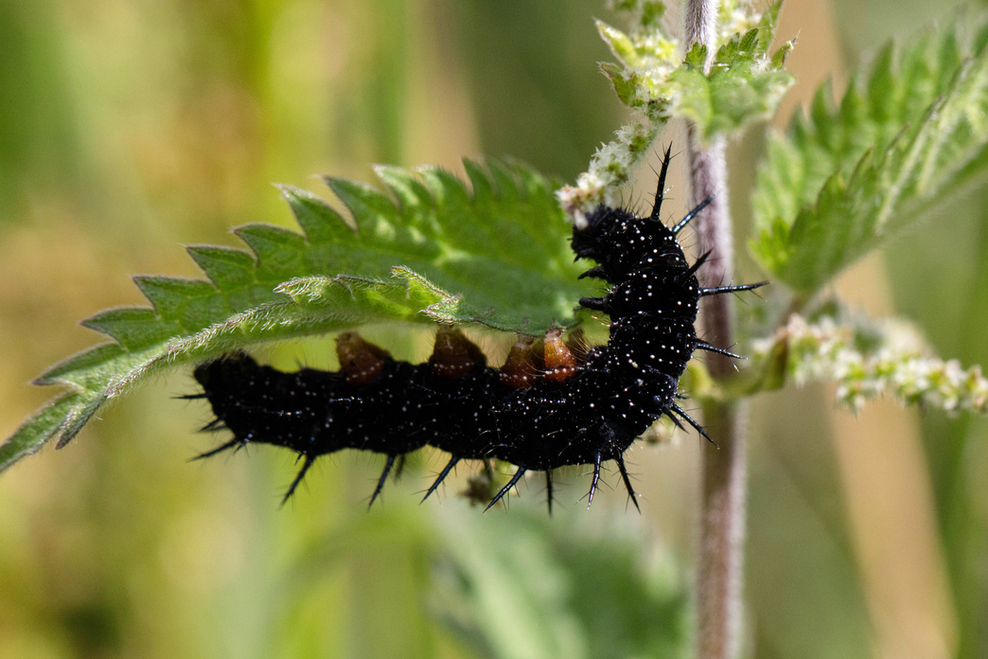Caterpillars are the youngest form of moths and butterflies. This is the second phase of their four-stage life cycle. The four stages are- egg, larva, pupa, and adult. They might seem like other small insects or creatures like worms, centipedes, or millipedes. They might look alike, but there are ways to differentiate them.
You can determine if it is a caterpillar by looking at its body. Like how it acts, the color it has, and the patterns on it. Caterpillars have six real legs and lengthy, worm-like bodies. They can also have various prolegs, which are stumpy artificial legs that assist them in moving and clinging to objects.
In this blog, we will explore various methods and resources of caterpillar identification charts to help you know what kind of caterpillar you have encountered.
Identifying Different Types of Caterpillar
Whether you stumbled upon a caterpillar in your garden or found one during a nature hike, identifying the species can be an exciting puzzle to solve. Some caterpillars are easy to find on the plants they like eating, and others are not.
Let’s learn about a few kinds you might come across:
1. Drinker Moth
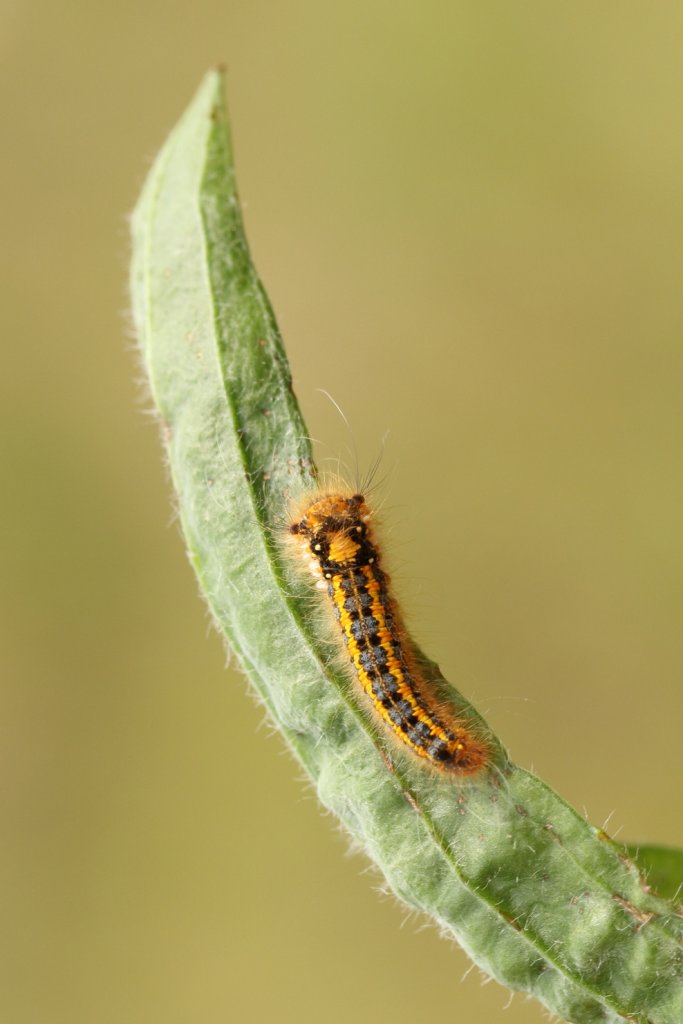
Found When and Where– Found from August to June. It is found in various habitats, like gardens—especially marshes, damp grassland, and boggy areas.
Description– Measuring up to 7 cm in length, these moths exhibit a dark hue adorned with brown-colored hairs and delicate golden speckles. Notably, a line of white-colored hairs graces the flank of their bodies.
The reproductive cycle of female drinker moths involves laying and depositing eggs in small and compact clusters on the stems of reeds and grass. These eggs hatch after over a week, approx. During the winter season, these moths are in their larval stage. During this stage, they are kept away in sheltered and protected spots where the vegetation is low down. Spring marks the emergence, during which they can frequently relax on low vegetation. As they reach a sufficient size, they undergo pupation within a paper-like cocoon carefully constructed on a stem of either grass or reed.
2. Fox Moth

Found When and Where– Found from June to April. These moths tend to favor habitats such as coastal grasslands and heathland.
Description– These creatures measure up to 7cm in length. They have a coat of hair featuring long and dark-colored hairs along their body sides and shorter orange-colored hairs on their upper surface.
The adult female fox moths exhibit a practical approach to reproduction, laying batches of eggs on grass stems or the leaves of plants destined to become their caterpillar offspring’s nourishment. During the warmer seasons of summer and early autumn, one can often spot these voracious caterpillars in action, either feasting on their chosen food plants or venturing across footpaths in search of their next meal.
3. Garden Tiger Moth
Found When and Where– Found from August to June. In various habitats and gardens as well.
Description– These are approx 6 cm in length. These are very hairy creatures. The “woolly-bear” caterpillar is a very hairy creature. They eat stinging nettles, dock leaves, and various garden plants. They are often black and ginger with longer, extremely irritable white hairs.
4. Elephant Hawk Moth
Found When and Where– Found from June to September. They can be found in many different environments and are frequently seen in gardens on fuschia plants. They will also consume bedstraw and Himalayan balsam.
Description– They grow up to a length of 8.5 cm. A large brown or green caterpillar with a “tail” that is spiky and has multiple black eye spots on the front. They swell up to reveal these spots when disturbed, deterring predators. They spend the winter as chrysalides submerged in the ground or among low plants.
5. Puss Moth
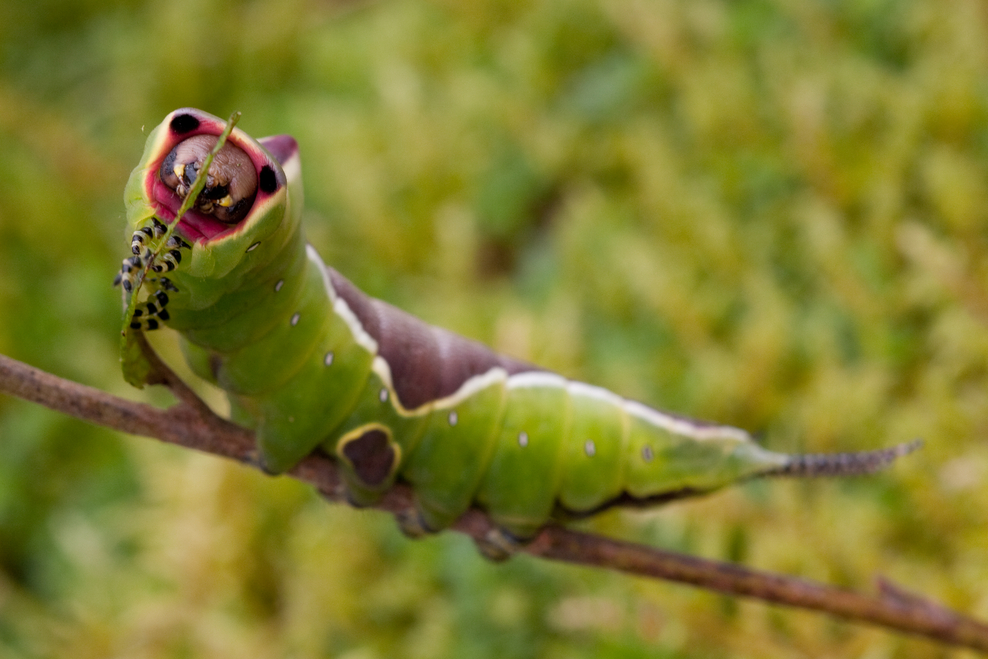
Found When and Where– Found from June to September. These moths can be found in many environments, including gardens, parks, and wetlands, with a particular fondness for poplar and willow trees as their dining establishments.
Description– In the early stages of their life, newly hatched Puss Moth caterpillars are diminutive and jet black, boasting two lengthy tails that are whip-like. As they mature, these caterpillars transform into plump, green specimens. Throughout their winter months, they spend their pupal stage inside the cocoon and then emerge themselves during the spring season. But sometimes, they remain in their pupal stage inside the cocoon for two winters.
6. Privet Hawk Moth
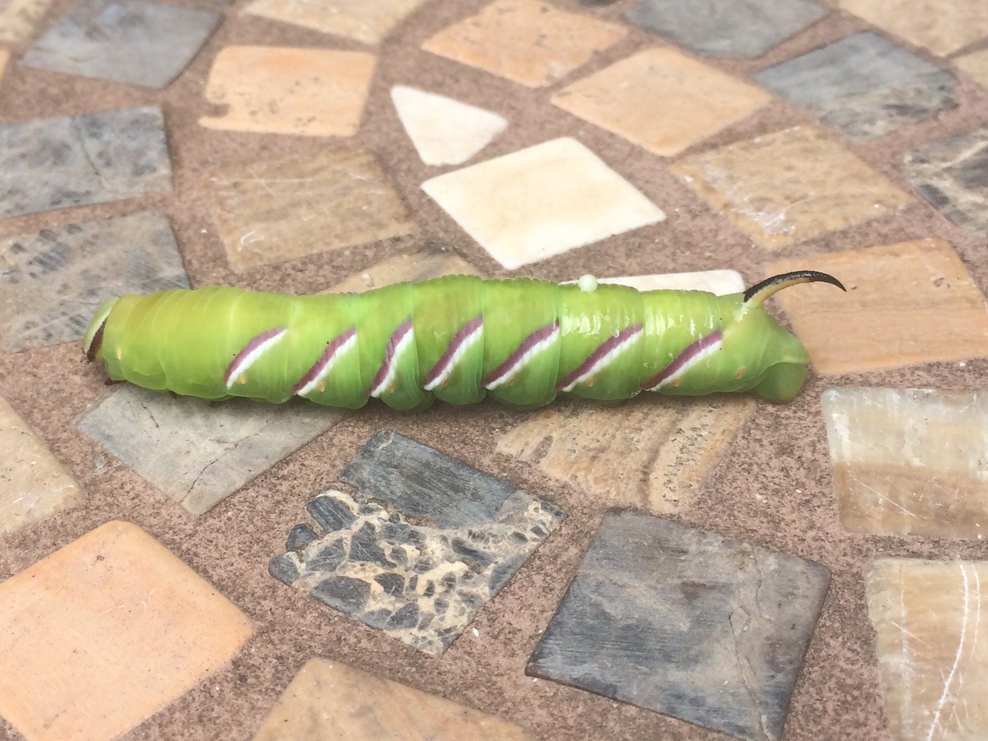
Found When and Where– July to September. These magnificent moths are widely distributed in Southern England and Wales and can inhabit various environments, including gardens.
Description– Measuring up to 8.5 cm in length, these caterpillars are adorned with distinctive purple and white stripes, creating an eye-catching contrast against its predominantly green coloration. The Privet Hawk-Moth sustains itself primarily by feeding on privet leaves, although it also indulges in the foliage of ash and lilac plants. As these moths mature, they transform strikingly, taking on a pinkish hue.
7. Peacock Butterfly
Found When and Where– Found from May to July. n a variety of environments where there are common nettle.
Description– They grow up to a length of 4.5 cm maximum. They are black with tiny white spots and black spines.
Conclusion
Identifying the caterpillars can sometimes be a challenging task, especially with the vast diversity of species. With careful observation, the use of resources, and the support of communities, you can start on a fascinating journey of caterpillar identification.
However, it is always advised to exercise caution while observing and identifying caterpillars. It can be a fascinating pursuit as some caterpillars possess stinging hairs or toxins that can cause infection or allergic reactions.
Remember, every caterpillar is a window into the remarkable life cycle of butterflies and moths, and your efforts contribute to our collective understanding of these captivating creatures.

